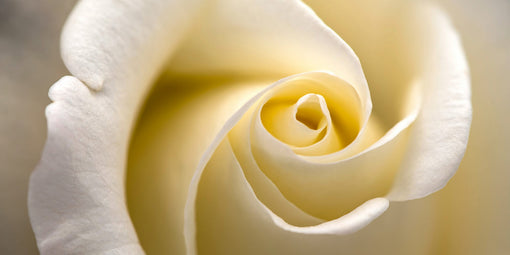
- Article published at:
Roses are the most popular flowers in the world. But, sometimes it can be refreshing to send someone a bouquet with flowers that looks just like a roses.
Learn More
Drawer menu
Roses are the most popular flowers in the world. But, sometimes it can be refreshing to send someone a bouquet with flowers that looks just like a roses.
Learn More








